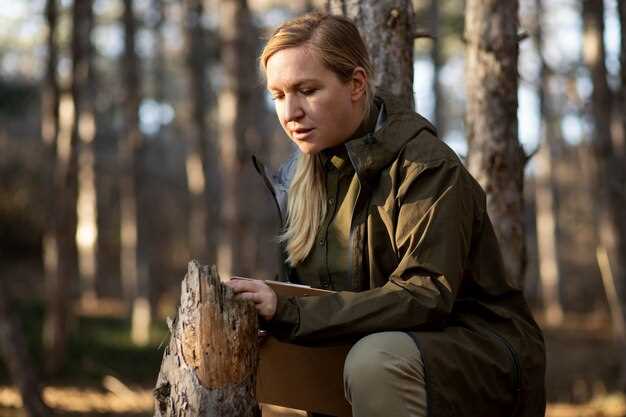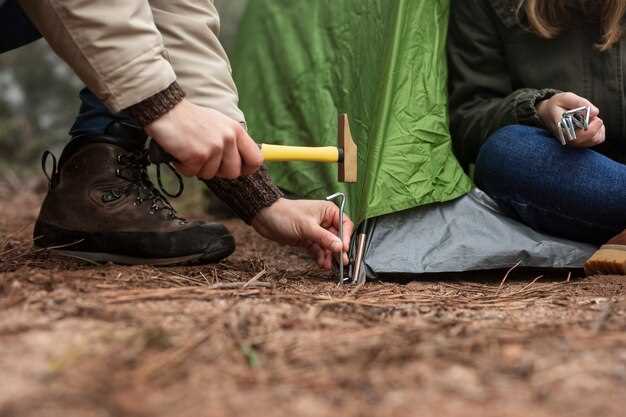
In the world of adventure and exploration, the need for outdoor survival skills is paramount. Whether trekking through dense forests, scaling rugged mountains, or navigating challenging terrains, understanding essential survival techniques can mean the difference between life and death. The wilderness can be unforgiving, and equipping yourself with the necessary skills ensures not only your safety but also enhances your overall experience in nature.
Survival skills encompass a wide range of knowledge and techniques, from finding clean drinking water and building shelter to identifying edible plants and creating fire. Each of these skills plays a crucial role in sustaining life during unforeseen circumstances. The outdoors holds limitless challenges, and by mastering these survival skills, adventurers can increase their confidence and resilience when faced with nature’s unpredictability.
Moreover, developing a strong foundation in outdoor survival can foster a deeper connection with the environment. It encourages not just self-reliance but also respect for the natural world. As you progress through your adventures, the application of these skills can lead to greater discoveries about yourself and your surroundings. Embrace the journey of learning, and equip yourself with the tools necessary to thrive in the wild.
Building a Shelter with Limited Resources
When venturing into the great outdoors, understanding how to construct a shelter with limited resources is a vital survival skill. Whether you’re on a short hike or an extended expedition, the ability to create a safe space can make the difference between comfort and exposure to the elements.
First, assess your surroundings for available materials. Natural elements such as branches, leaves, and fallen logs can serve as the primary components. Look for a location that offers some natural protection, like clumps of trees or boulders, which can help shield against wind and rain.
If you have survival gear, utilize items like a tarp or emergency blanket to create a waterproof covering. These materials are lightweight and can be rigged between trees or secured with rocks. In the absence of such gear, a lean-to shelter can be formed by leaning sturdy branches against a larger log or tree trunk, then thatching the roof with smaller twigs and foliage.
Consider the ground on which you build. A raised shelter or one built with a layer of leaves and pine needles can provide insulation from the cold earth. Ensure your shelter is large enough to accommodate your body while allowing for ventilation to prevent moisture buildup.
Remember to keep one entrance that can be easily closed off to retain heat during the night. Additionally, building a small fire near your shelter can offer warmth and deter wildlife, making the overall outdoor experience safer.
Ultimately, the key to effective shelter building is creativity and resourcefulness. With practice, you can enhance your survival skills and ensure that you are prepared for any adventure that the wilderness presents.
Finding and Purifying Water in the Wilderness

Access to clean water is crucial for survival in the wilderness. When adventurers and explorers are faced with the challenge of finding water, they must utilize their outdoor skills and knowledge of the environment. Identifying potential water sources is the first step. Look for streams, rivers, lakes, and ponds, but also pay attention to natural indicators such as animal tracks, vegetation, and geological formations that suggest nearby water. Rainfall can also be a viable source; collecting rainwater using gear like tarps or containers can provide clean drinking water.
Once water is found, purification is essential to ensure safety. Boiling is one of the most effective methods; bringing water to a rolling boil for at least one minute eliminates most pathogens. If boiling is not feasible, consider using water purification tablets or filters, which are essential gear for any adventurer. Activated carbon or UV light purification devices can also be effective, but they require preparation and proper maintenance.
Alternative purification methods include chemical disinfection, such as adding a few drops of household bleach or iodine solution; however, it is crucial to follow guidelines for safe concentrations. Allow treated water to stand for a minimum period (usually 30 minutes) to maximize effectiveness against microbes.
In dry environments, moisture can often be extracted from plants, such as succulents or through condensation traps made from bags or plastic sheets. Always remember to utilize gear that is lightweight and portable for efficient survival. Being prepared and knowledgeable about finding and purifying water can make the difference between life and death in the wilderness.
Selecting and Utilizing Survival Gear for Different Environments

When venturing into the wild, understanding the importance of selecting the appropriate survival gear tailored to specific environments is crucial for your safety and effectiveness. Different terrains require distinct tools and materials to ensure survival. Here we explore essential considerations for various environments.
In a forested area, compact gear that offers multi-function capabilities is vital. Items such as a reliable knife, fire starter, and durable water filtration system are essential. The knife serves various purposes – from food preparation to building shelters. Fire starters facilitate warmth and cooking, while water filters ensure access to clean drinking water, essential for hydration and endurance.
For desert survival, gear must address extreme temperatures and scarce resources. A wide-brimmed hat, sunscreen, and layers of clothing help protect against sun exposure. Additionally, water storage solutions, like collapsible containers, are critical for keeping liquids cool and easily accessible. Navigation tools such as compasses or GPS devices become essential, as landmarks may be sparse.
Mountain environments demand gear that caters to altitude and unpredictable weather. Lightweight, insulated clothing is necessary to maintain body heat, while tools such as trekking poles can assist in navigating rugged terrains. Emergency kits should include maps and basic first-aid supplies, as injuries can be more severe in remote areas.
In aquatic environments, a different set of survival skills and gear is required. Waterproof bags are essential for keeping gear dry. Personal flotation devices should always be on hand. Fishing gear can be useful for sourcing food, while reliable signaling devices, like whistles or flares, are important for emergency situations.
Understanding the environment you’re entering leads to better survival preparedness. The right gear not only enhances your survival skills but also boosts confidence, allowing adventurers to focus on the experience of exploration while being equipped to handle unexpected challenges.
